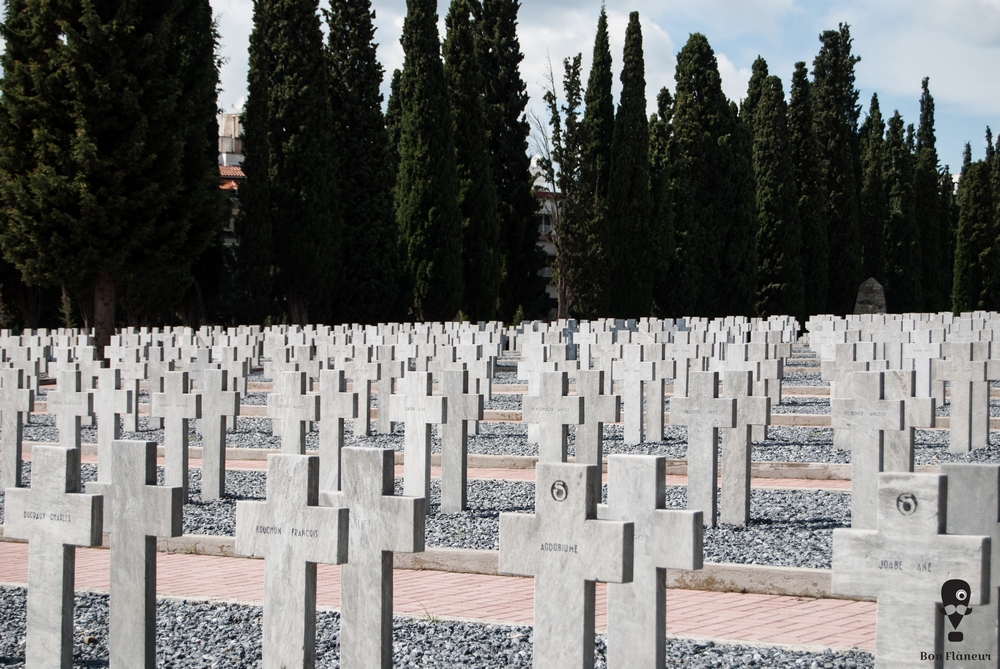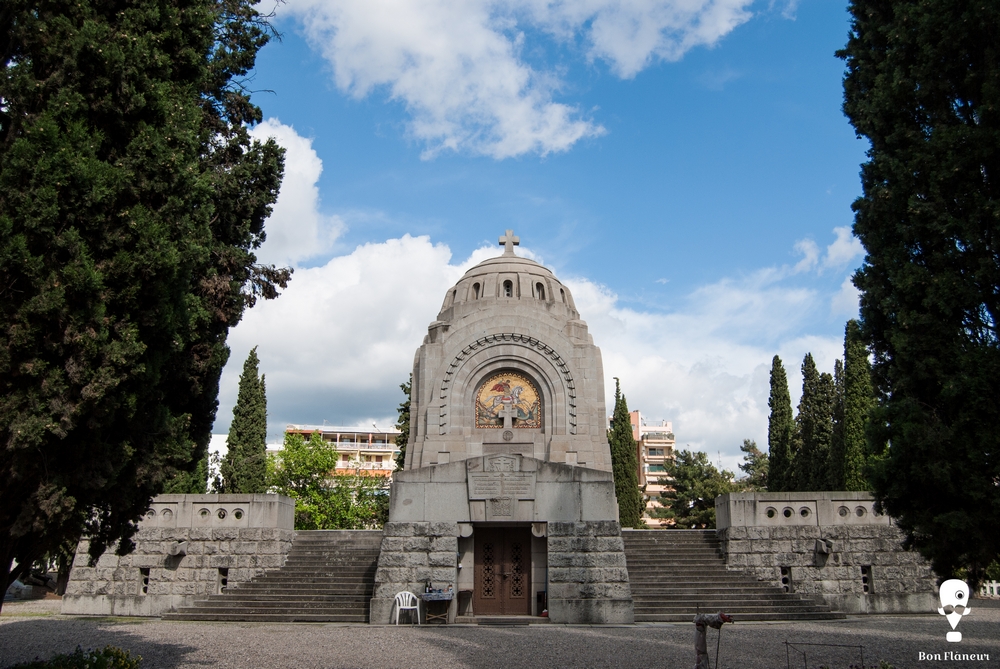Zeitenlik War Cemetery- Memorial of dead Serbians
At the Zeitenlik War Cemetery lie 20,500 soldiers killed in the Entente’s Macedonian front during the First World War.
Location
Timeline
Modern and Contemporary era (1912 - )
1920 The land was purchased.
1926 Construction works began and were completed 10 years later.















Share